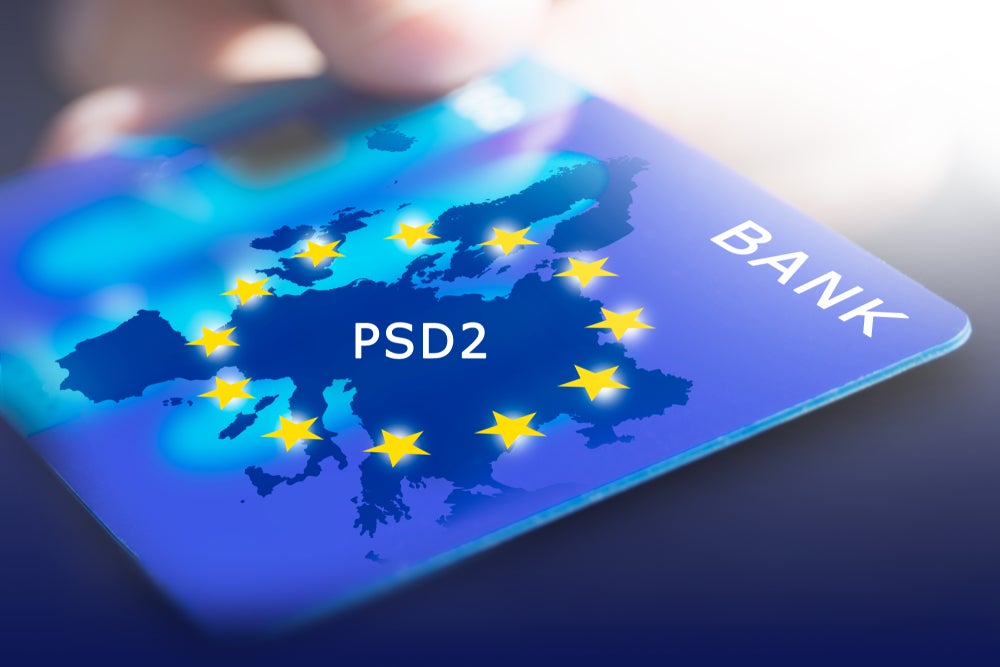The proposal for a revised Payment Services Directive, now commonly called PSD-2, was published in July 2013. It is essential that bank strategists fully understand the implications as the proposals will require changes in the business terms and procedures used by all payment service providers, writes Roger Davies
The revised payments services directive is long awaited and is fundamentally a response to an earlier Green Paper entitled ‘Towards an integrated European market for card, internet and mobile payments’.
Essentially, this called for increased regulation for cards but preached caution elsewhere due to the infancy of the market.
Accordingly, PSD-2 now formally updates the original Payment Services Directive widening its scope with a strong consumer protection theme.
It also seeks to increase pan-European competition across the payments industry, including the non-bank service providers, ideally through innovation. Despite intensive lobbying, the Directive is currently scheduled to be confirmed by the plenary session of the European Parliament in April 2014.
Member States will have two years following publication in the Official Journal to transpose the legislation into their national law. The scene ahead, however, is far from straightforward.
The distinction between payment and electronic money institutions is increasingly blurred. Any appraisal of the payments market today should, of course, include areas falling within scope of EMD-2 (Electronic Money Directive-2).
How well do you really know your competitors?
Access the most comprehensive Company Profiles on the market, powered by GlobalData. Save hours of research. Gain competitive edge.

Thank you!
Your download email will arrive shortly
Not ready to buy yet? Download a free sample
We are confident about the unique quality of our Company Profiles. However, we want you to make the most beneficial decision for your business, so we offer a free sample that you can download by submitting the below form
By GlobalDataDisappointingly, due to its slow implementation, regulators believe that a comprehensive update of the digital payment framework is not thought practical at this time.
However, the benefits of universal principles-based regulation in the payments marketplace appear to have been overlooked. EMD-2 remains a vital consideration in any bank strategic review.
The technical nature of the PSD-2 will leave many thinking that the launch timetable for 2014 is over-ambitious. The pace is, of course, being dictated by the forthcoming European elections in May and the risk posed to the legislation by the possibility of new political masters.
The situation is made more complicated by the PSD-2 being part of a wider ‘payments legislative package’.
This includes a new and equally important Multilateral Interchange Fee (or MIF) regulation for card-based payment transactions. The package also makes references to the incomplete EU Data Protection and the Network and Information Security Directives – adding uncertainty to an already complicated mixture.
The controversial MIF regulation will, of course, instantly come into force across the EU when approved, with no transpositional period. The interchange caps include marketing fees and rebates. There can be no doubt that that the card issuers’ economics are under immediate threat and going forward cards may not displace cash as widely anticipated.
Few expect any major changes in the main thrust of the directive and MIF regulation if the current political momentum is maintained under the new Greek EU presidency. That being said, there are several technical issues with the PSD-2 text.
Lobbyists are highlighting the dangers to a complex European payments market of proceeding without some careful re-drafting and a delay for reflection and further analysis. Experience, as with MiFID-2 in January, tells us we should expect a last minute European fudge in some areas, which will damage harmonisation but expedite political agreement. If the mid-year deadline is missed it remains to be seen if PSD-2 will retain its status as a priority directive. In these circumstances a delay of at least 12 months should be anticipated, with final implementation bumped into 2017.
PSD-2 is, of course, strongly focused on the delivery of a single harmonised market for all payment services, with limited opportunity for national variation.
Extending its scope to one-leg-out transactions reflects much existing market practice, although difficulties may be created by non-EU jurisdictions operating under different rules (eg record keeping).
A key card proposal is the unbundling of the network brand/membership from the processing infrastructure. Networks’ operating models will inevitably move from one to multi-brand processing and probably cater for all forms of electronic payments across the EU. This is revolutionary change.
The inclusion of TPPs (Third-Party Providers) within the Directive, with the ability to initiate payments, should stimulate innovation. PSD-2 makes it possible for certified third parties to get access to the information of the payment account on behalf of the consumer.
The more adventurous TPPs will certainly exploit the new regulations and offer simple standardised payment methods across the EU in direct competition to the major banks. However, the directive is often confusing and requires greater clarity over the different types of TPPs and their activities.
Some trade bodies, such as Ecommerce Europe, have welcomed the proposals but also warned of "excessive regulation hindering merchants to provide cross-border online shopping services". Importantly, they believe that TPPs can accelerate innovation and foster cross-border competition, ultimately making payment processes more transparent for consumers and resulting "in less additional costs".
While fears do exist over potential market fragmentation for payment services, with a corresponding rise in fraudulent activity, such worries are largely rumour-mongering. Competition is good for the consumer as it drives down cost.
However, while on the one hand the European Commission talks of expanding the ‘lighter regime’ for small payment institutions it will actually restrict their number by reducing the qualifying turnover threshold. PSD-2 has the usual hallmarks of rushed regulation!
We must look forward, embrace new technologies, and not be saddled by legacy mind-sets. The original PSD evoked some resistance in the UK as it replaced an inexpensive voluntary Banking Code, but there can be no doubt that the consumer has benefitted through the faster payment service and speedier transactions in general.
Sadly, SEPA is simply replicating the past, and monies should have been invested in a pan-European platform for electronic invoicing! The face of retail banking is changing fast. Bank strategists must exploit any opportunities arising through PSD-2 both to defend existing business and to establish competitive advantage.
At a time of major banking reforms, ever increasing pressure on margins, a revolution in social networking and data security concerns, the post-PSD2 landscape for payment services looks less cards orientated and increasingly ‘mobile’.
Only time will tell.
Roger Davies is Principal Consultant at ea Consulting Group







